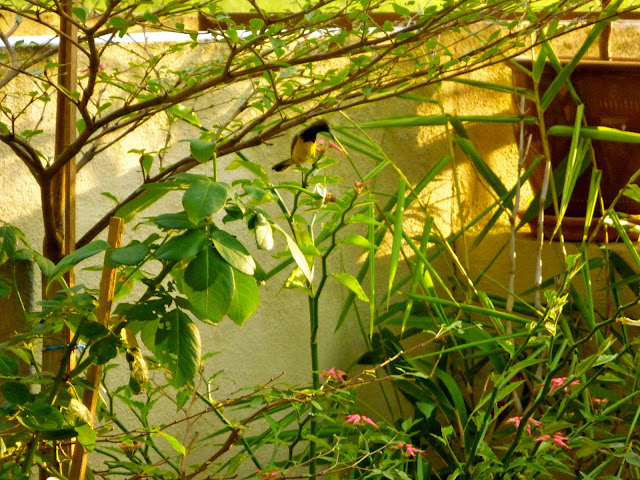I pulled out a story today being posted by my friend on facebook. It was a post by Huff Post Green.
28 Feb 2012- New satellite imagery shows Malaysia is destroying forests more than three times faster than all of Asia combined, and its carbon-rich peat soils of the Sarawak coast are being stripped even faster, according to a study released Tuesday.The report commissioned by the Netherlands-based Wetlands International says Malaysia is uprooting an average 2 percent of the rain forest a year on Sarawak, its largest state on the island of Borneo, or nearly 10 percent over the last five years. Most of it is being converted to palm oil plantations, it said.The deforestation rate for all of Asia during the same period was 2.8 percent, it said. In the last five years, 353,000 hectares (872,263 acres) of Malaysia's peatlands were deforested, or one-third of the swamps which have stored carbon from decomposed plants for millions of years.The study was carried out by SarVision, a satellite monitoring and mapping company that originated with scientists at Wageningen University in the Netherlands."Total deforestation in Sarawak is 3.5 times as much as that for entire Asia, while deforestation of peat swamp forest is 11.7 times as much," the report said.
Only yesterday I was writing a post about how we wouldn't know the total land cover in Sarawak, but today there is a company Netherlands was able to calculate the total and type of land area being converted to agriculture over the past 5 years. How amazing!
My biggest question would be how did they obtain the data of Malaysia (specifically Sarawak) land cover 5 years ago. I bet that would be the similar question posted by Malaysian government too.
My biggest question would be how did they obtain the data of Malaysia (specifically Sarawak) land cover 5 years ago. I bet that would be the similar question posted by Malaysian government too.





























